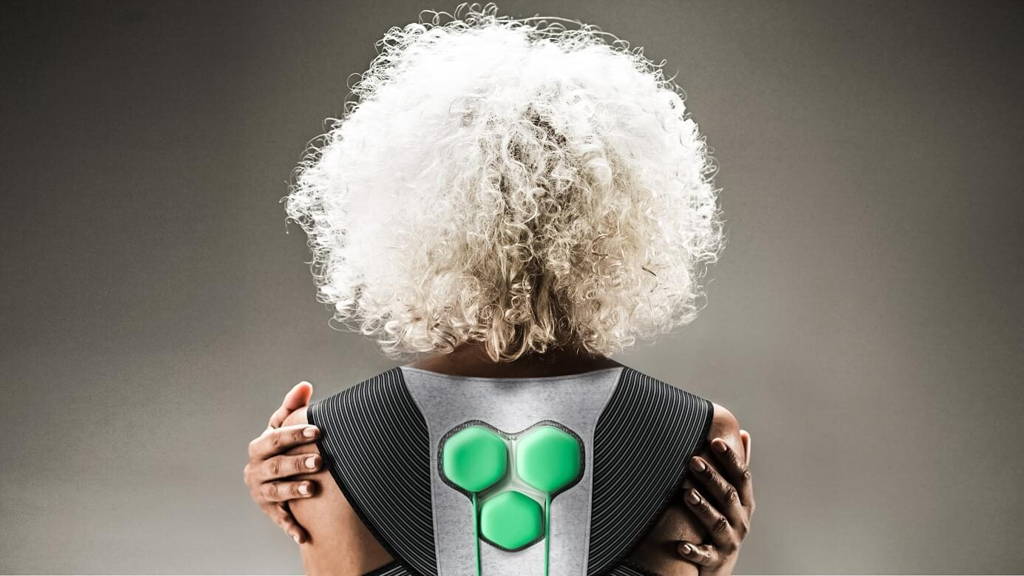Bloomberg writes about the project, developed by robotics veteran Rich Mahoney. He is trying to change the perception of robots as awkardly walking metal beings by creating a robotic exoskeleton that people can wear. After more than seven years running a robotics group at Silicon Valley research institution SRI International, Mahoney left about a year ago to form a startup called Superflex.
The Superflex exoskeleton itself has been in development for a while now. Last Tuesday, the company raised $9.6 million from investors including Japanese venture capital group Global Brain and Horizons Ventures, the VC fund of Asian billionaire Li Ka-shing. With this money, development and time to market can accelerate.
The technology was originally developed by SRI, the company also responsible for incubating Apple's Siri digital assistant. The SRI exoskeleton project was part of a futuristic sounding U.S. Department of Defense-funded program aimed at reduce injury risk and enhance soldier endurance while carrying heavy loads.
Other ICT&health news concerning exoskeletons: Adaptable exoskeleton helps children to move again, or for the first time.
The Superflex exoskeleton itself has been in development for a while now. Last Tuesday, the company raised $9.6 million from investors including Japanese venture capital group Global Brain and Horizons Ventures, the VC fund of Asian billionaire Li Ka-shing. With this money, development and time to market can accelerate.
Lightweight suit
So what is Superflex doing? Developing a lightweight suit with electric "muscles" that can help the elderly and other less-mobile people move around. The system looks a bit like a unitard. It is designed to provide the wearer with extra strength to get up from a chair or stand for longer. The device has thin actuators built in that use battery power to contract at the same time as people's real muscles.The technology was originally developed by SRI, the company also responsible for incubating Apple's Siri digital assistant. The SRI exoskeleton project was part of a futuristic sounding U.S. Department of Defense-funded program aimed at reduce injury risk and enhance soldier endurance while carrying heavy loads.
Consumer product
Superflex states the investors money will help it turn their exoskeleton into a consumer product, initially targeted at the aging population in Japan and other developed countries. In addition to its investment, Global Brain said it will work with Superflex to set up a Japan office and help it enter the market there. Mahoney is careful to manage expectations about a technology that seems more like science fiction. Superflex hopes to reduce the weight of the machine to four pounds, or about two kilo’s. The firm has tested it on real people with mobility problems, but a product won't reach the market until the middle of 2018.Other ICT&health news concerning exoskeletons: Adaptable exoskeleton helps children to move again, or for the first time.






